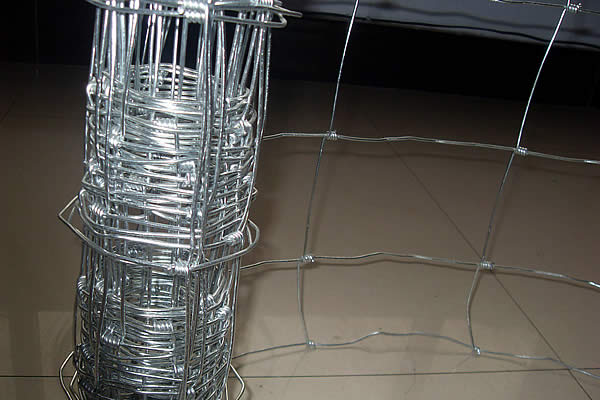 TEL:
+86-13102802206
TEL:
+86-13102802206
 Email:
fencenetting@china.com
Email:
fencenetting@china.com
 Language
Language
 TEL:
+86-13102802206
TEL:
+86-13102802206
 Email:
fencenetting@china.com
Email:
fencenetting@china.com
 Language
Language


Understanding Chain Link Fence Poles Importance and Considerations
When it comes to installing a chain link fence, one of the most crucial components to consider is the fence poles. These poles, often referred to as posts, serve as the backbone of any fencing structure, providing strength, support, and stability. In this article, we will delve into the various aspects of chain link fence poles, including their types, materials, installation process, and maintenance tips.
Types of Chain Link Fence Poles
There are primarily three types of poles used in chain link fencing terminal posts, line posts, and corner posts. Each type plays a distinct role in the overall structural integrity of the fence.
1. Terminal Posts These posts are located at the ends of the fence line or where the fence changes direction. They provide the necessary support to maintain the tension of the chain link fabric.
2. Line Posts These posts are spaced evenly between the terminal posts and serve as the backbone of the fence. They support the chain link fabric and ensure that it remains taut.
3. Corner Posts As the name suggests, corner posts are installed at the corners of a fenced area. They play a critical role in supporting the fence where the direction changes, helping to stabilize the entire structure.
Materials Used for Fence Poles
Chain link fence poles can be made from various materials, with the two most common being galvanized steel and aluminum.
- Galvanized Steel Known for its strength and durability, galvanized steel is the most popular choice for chain link fence poles. The galvanization process involves coating the steel with zinc to prevent rust and corrosion, making it suitable for outdoor use in various climates.
- Aluminum An alternative to steel, aluminum poles are lightweight and resistant to rust. While they may not provide the same level of strength as galvanized steel, they are a viable option for residential fencing projects.
Installation Process
The installation of chain link fence poles involves several steps, each of which is critical to the fence's overall stability and effectiveness
.
1. Plan the Layout Before installation, it's essential to map out the fence's layout. Measure the area and mark the location for each post, ensuring that the distance between line posts typically ranges from 5 to 10 feet.
2. Dig the Post Holes Using a post hole digger, excavate holes at least 2 to 3 feet deep for each post. The depth may vary depending on local regulations and the height of the fence. A deeper hole helps to anchor the posts more securely.
3. Position the Poles Place the posts in the holes, ensuring they are upright and level. Use a level tool to maintain the vertical alignment, adjusting as needed.
4. Add Concrete To secure the poles, pour concrete into the holes around the posts. This step is crucial for achieving stability and preventing shifting over time. Allow the concrete to cure for at least 24 hours before attaching the chain link fabric.
5. Attach the Chain Link Fabric Once the posts are set, the chain link fabric can be attached using tension bands and tie wires. Start at one end and work your way to the other, ensuring the fabric is taut and securely fastened.
Maintenance Tips
To ensure the longevity of your chain link fence, regular maintenance of the posts is essential. Here are a few tips
- Inspect for Rust Regularly check for signs of rust, especially if you have galvanized steel poles. If rust is detected, sand it down and apply a rust-inhibiting paint.
- Check Stability Periodically inspect the posts for any signs of movement or instability. If a post appears loose, you may need to re-level or add more concrete.
- Clean the Fence Keep the chain link fabric and poles clean by washing them periodically with soap and water. This helps prevent the build-up of dirt and grime, which can lead to deterioration over time.
Conclusion
Chain link fence poles are a vital component of any chain link fencing system. Understanding the types, materials, installation process, and maintenance strategies for these poles can help ensure that your fence is durable, stable, and effective. By investing the time and effort into proper installation and upkeep, you can enjoy the many benefits of a chain link fence for years to come.